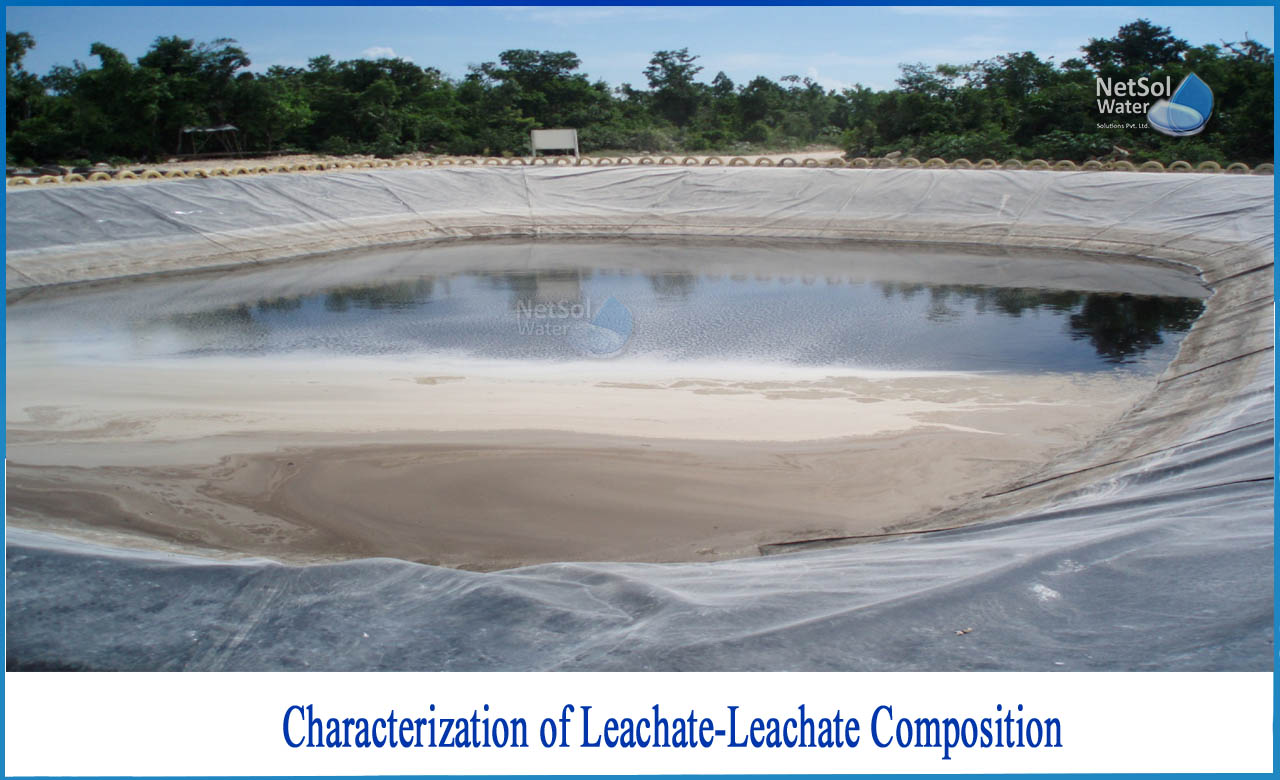What exactly is leachate?
A leachate is described as a polluted liquid effluent that has seeped through the bulk of garbage dumped in a landfill, the features of which and the pollutant load of which are, in most situations, unexpected, highly changeable, and extremely hazardous to the environment.
How is leachate generated?
Leachate is a mineral-organic combination generated when water infiltrates the waste pile. This water can be derived from rain, snowfall, irrigation water, subsurface water penetration, runoff water, waste inherent humidity, and liquid trash placed in the landfill with solid garbage.
Water circulates through the waste materials, removing and dissolving contaminants while also functioning as a medium for numerous chemical processes and biological degradation of these pollutants. Gravity promotes water mobility;thus, it infiltrates from the waste mass's outermost layers to the waste mass's lowermost layers.
Under typical working circumstances, leachate is drained from the lowest portion of the waste mass by building an impermeable layer and a network of leachate collecting pipes and channels, which must be directed to a place of storage and later treatment.
If the leachate is not properly handled, the landfill from which it originates can become a highly serious source of hydrogeological pollution, due to the possibility of leachate penetration into the soil, surface, and groundwater.
What are the characteristics of Leachate?
A leachate's composition is very changeable and diverse. The components generally found in leachate are:
1: High organic matter concentration: Chemical oxygen requirement, volatile fatty acids, and refractory organic matter like Humic and Fulvic acids.
2: Inorganic components include ammonia nitrogen produced by the hydrolysis and fermentation of nitrogen from the biodegradable part of the solid residue, sodium, potassium, chlorine, calcium, magnesium, iron, manganese, sulphates, and carbonates.
3: Cadmium (Cd2+), Nickel (Ni2+), Chromium (Cr3+), Cobalt (Co2+), Lead (Pb2+), Copper (Cu2+), Mercury (Hg2+ or Hg+), and Zinc (Zn2+) are heavy metals. They are found in amounts ranging from micrograms to milligrams per litre and have oxidation states that allow them to be stable when dissolved in water.
4: Xenobiotic organic compounds: Aromatic hydrocarbons, phenols, pesticides, antibiotics and antivirals, general medications, micropollutants from hygiene and beauty goods, and household cleaning items and other similar products.
The leachate's composition: Composition of leachate
It is directly affected by the following factors:
1: The nature of the waste,
2: The age of the landfill,
3: The water balance,
4: The compaction of the waste mass,
5: The moisture content of the waste mass,
6: The climate, the geographical location of the landfill, the type of soil and topography on which the landfill is located,
7: The vegetation surrounding the landfill,
8: The landfill's operating conditions, and
9: The reactions that occur within the waste mass.
Although the range of pollutants in a leachate is broad, there are two critical points to consider when designing a treatment:
1: The high concentration of recalcitrant organic compounds, due to their difficulty in being eliminated with biological treatments, and
2: The high levels of ammonia nitrogen NH4+, particularly in leachates from young waste masses, due to the danger that they pose to environment and their toxicity for biological treatment. High NH4+ concentrations cause dissolved oxygen depletion in natural water bodies (a phenomenon known as eutrophication) if the leachate reaches them, resulting in the death of the living beings that inhabit them and the spread of contamination to other points in the water, aquatic network, and ecosystem soils.
Because a substantial portion of the compounds and features of garbage change over the maturity process of a waste mass, the age of the landfill is a deciding factor.
The masses of rubbish from a landfill may be divided into three types based on their age:
A: Young: Less than five years old, sometimes known as "acidogenic."
B: Intermediate: Between the ages of five and 10.
C: Mature: Greater than 10 years, sometimes referred to as "methanogenic."
What can Netsol Water offer?
Netsol Water is committed to providing our valued customers with hands-on service, expert counselling, and training. Every environmental problem and its management have a solution in us.
Netsol Water is Greater Noida-based leading water & wastewater treatment plant manufacturer. We are industry's most demanding company based on client review and work quality. We are known as best commercial RO plant manufacturers, industrial RO plant manufacturer, sewage treatment plant manufacturer, Water Softener Plant Manufacturers and effluent treatment plant manufacturers. Apart from this 24x7 customer support is our USP. Call on +91-9650608473, or write us at enquiry@netsolwater.com for any support, inquiry or product-purchase related query.



